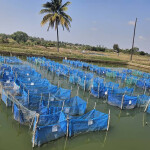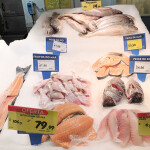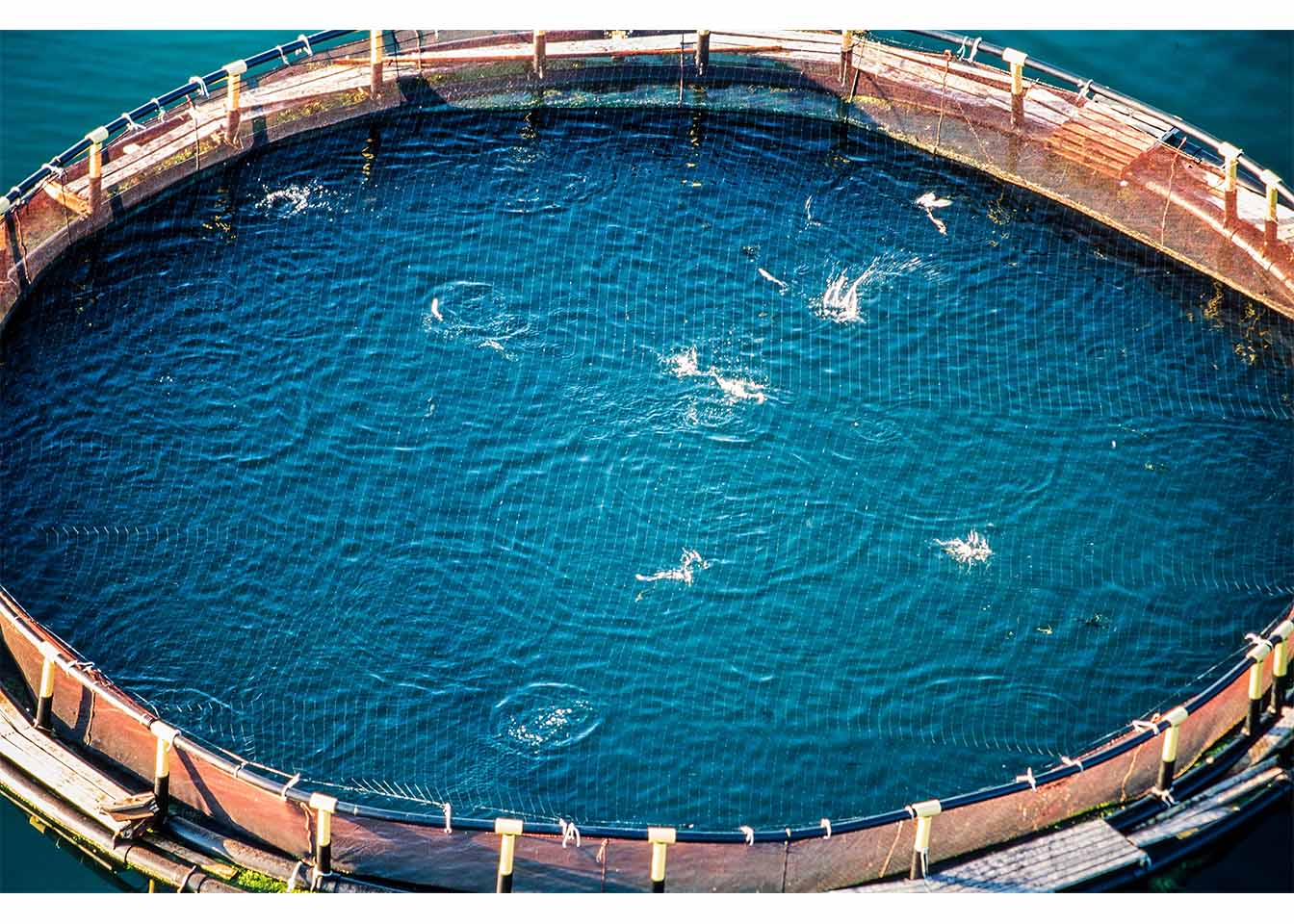A study conducted by aquatic animal research group Onda, in collaboration with Belgian citric acid and mycelium producer Citribel, has demonstrated its proprietary formula of Mycofence improved disease resistance in farmed Atlantic salmon.
The study compared the efficacy of Mycofence, a novel β-glucan derived from the Citribel-developed fungus Aspergillus niger, and commercial yeast β-glucan in the fight against Tenacibaculum maritimum and Moritella viscosa, both of which cause skin infections in the fish. Mycofence is a protein made from the fungal mycelium, which are root-like structures that support fungal growth.
Following five weeks of feeding with diets containing various levels of Mycofence and commercial yeast, the salmon were exposed to T. maritimum and M. viscosa so that their development could be analyzed. The study found that salmon fed Mycofence had “significantly higher survival rate[s] compared to the control, while the fish fed with the commercial glucan derived from yeast had no difference from the control,” according to a press release from Citribel and Onda.
Citribel Lead Researcher Fabio Zanuzzo and his team studied “growth performance, mortality rates, lesion scores, hematology, and immune markers” in the animals, ultimately determining that Mycofence significantly improved immune response and disease resistance. Though there were no marked differences between the growth of the fish in the different groups, Mycofence reduced the risk of death from T. maritimum by 42.6 percent and the risk of death from M. viscosa by 0.3 percent compared with the control group.
Asperillus niger is a mold so commonly used in industrial biotechnology that it has been referred to as a “fungal workhors[e].” The discovery of its ability to produce high concentrations of citric acid in the early 20th century led to the rapid adoption of A. niger as a growth substrate for a variety of proteins, enzymes and secondary metabolites, and has meant that the mold has been instrumental in numerous biotechnical developments, from the production of food sweeteners to the treatment of cancers.








